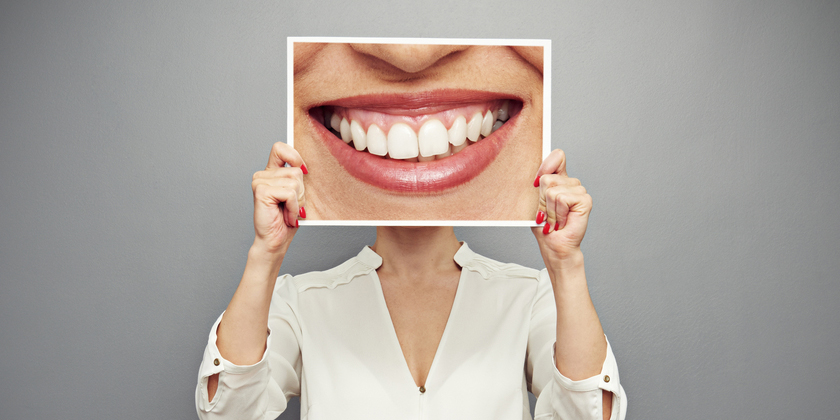Macrodontia refers to a dental condition where one or more teeth grow at different rates. Teeth may also exceed the normal size and appear bigger. The result is an unpleasant set of teeth which in turn cause other challenges like teeth overcrowding, misalignment and low self-esteem. It is also important to note that in some cases, macrodontia may be a symptom of a serious underling medical problem especially in children.
Types And Causes
- Macrodont teeth rarely appear on their own. They are mostly accompanied by systematic or genetic causes. Dental practitioners all agree that the condition is caused by a wide range of conditions. They categorize it in the following categories.
- Isolated Macrodontia — It refers to a condition where only one tooth grows larger than others. According to the Journal of Contemporary Dental Practice, this condition is extremely rare. The journal goes on to note that men are more likely to suffer from isolated macrodontia as compared to women. Otodental syndrome, insulin resistant diabetes, pituitary gigantism, pineal hyperplasia and unilateral facial hypoplasia are all examples of genetic causes associated with isolated macrodontia.
- True Generalized Macrodontia — Unlike isolated macrodontia, true generalized macrodontia occurs when all teeth of a patient grow larger than what dentists consider normal. This is mostly a symptom of a rare disorder referred to as pituitary gigantism which occurs when the pituitary gland secretes excess growth hormones. The condition affects children more than adults. It is often accompanied by other symptoms such as enlarged facial features, enlarged hands and feet and frequent headaches.
Relative Generalized Macrodontia — It occurs when a patient has a small or undersized jaw bone with normal or slightly large teeth. This makes the patient’s teeth appear larger in relation to the small jaw. Unlike isolated macrodontia and true generalized macrodontia, relative generalized macrodontia affects both adults and children.
Treatment Options
Accurate diagnosis must be made before treatment. Use of radiographs is therefore inevitable. Whoever treatment option your dentist goes for, your dental pulp must be left intact. That explains why tooth colored filling materials otherwise referred to as composite resins feature prominently in nearly all macrodontia treatment procedures.
Orthodontics
Orthodontics can go a long way to help you straighten your teeth. The procedure can also be used to expand the defective jaw where and when necessary using palate expander. The end result will be a stretched jaw that can allow teeth to fit better.
Braces, Retainers And Teeth Shaving
Braces and retainers can be used to straighten crooked teeth. This option may or may not be used alongside teeth shaving, sometimes referred to as tooth recountoring. The process, though cosmetic, involves use of a sanding device to reduce or remove extra or excess tooth growth. It comes in handy when reducing the length of canine teeth on the sides of a patient’s mouth.
Teeth Removal
This can easily help space out existing teeth. Once the problematic tooth is removed, the patient’s dentine formula will appear smaller and less crowded. The patient can then replace the missing tooth or teeth with dentures to improve appearance and boost self-esteem.


